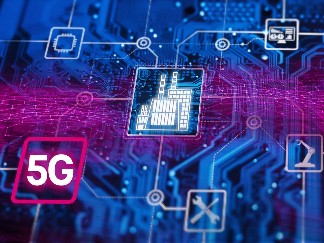
The security of 5G networks is a critical area of concern, as the technology represents a significant evolution in mobile communication, enabling faster data speeds, lower latency, and the capacity to connect a vast number of devices.
However, with these advancements come various security challenges and vulnerabilities that need to be addressed. Here are key aspects of 5G security:








5G incorporates a more robust security architecture compared to its predecessors (like 4G). This includes:
Improved encryption: 5G employs stronger encryption algorithms and key management protocols to secure data transmission.
User identity protection: Enhanced measures to protect user identities help mitigate risks such as tracking and unauthorized access.
Network slicing security: Security controls for network slicing ensure that different applications and services can have separate security requirements tailored to their needs.
Despite the improvements, 5G introduces new challenges:
Increased attack surface: With the expansion of the Internet of Things (IoT) and billions of connected devices, there are more potential entry points for cyberattacks.
Supply chain risks: The complexity of 5G networks, which often involve equipment from different vendors, raises concerns about the integrity and security of hardware and software components.
Software vulnerabilities: As with any software-driven technology, bugs and vulnerabilities can be exploited by malicious actors.
Governments and regulatory bodies are working to establish standards that promote security in 5G infrastructure. This includes:
Network security standards: Organizations such as the 3rd Generation Partnership Project (3GPP) are developing and updating security standards for 5G.
Public policy and legislation: Countries are enacting laws and regulations to protect critical infrastructure and promote secure practices in the deployment of 5G.
With enhanced data collection capabilities, 5G raises significant privacy issues, particularly regarding:
Data protection: Ensuring that user data is collected, stored, and processed in a secure manner to comply with privacy regulations.
Surveillance risks: Potential misuse by state and non-state actors leads to concerns about surveillance and the erosion of civil liberties.
To address security concerns, various strategies can be implemented:
Security by design: Building security measures into the design and architecture of 5G networks from the outset.
Continuous monitoring: Implementing robust threat intelligence and monitoring mechanisms to detect and respond to security incidents in real time.
Collaboration: Stakeholders, including governments, telecom operators, and private organizations, should collaborate on security best practices and information sharing.
The security of 5G is a multi-faceted challenge that requires ongoing attention and action from all stakeholders involved in its deployment and operation. While 5G offers significant benefits, addressing its security vulnerabilities is crucial to ensuring a trustworthy and resilient telecommunications infrastructure.


Leave a Reply